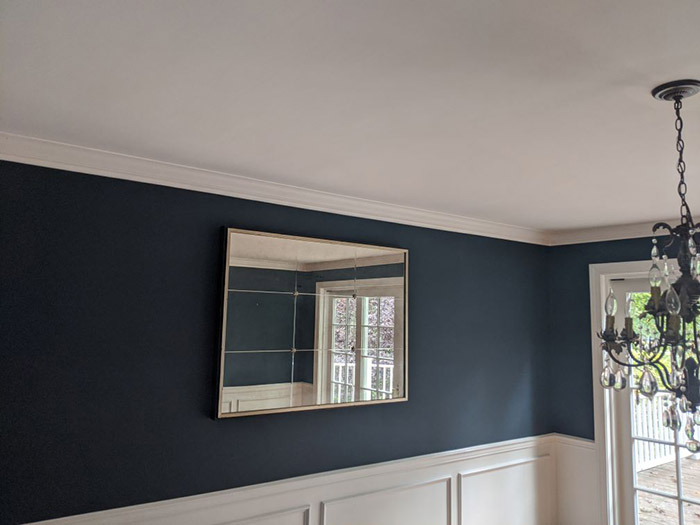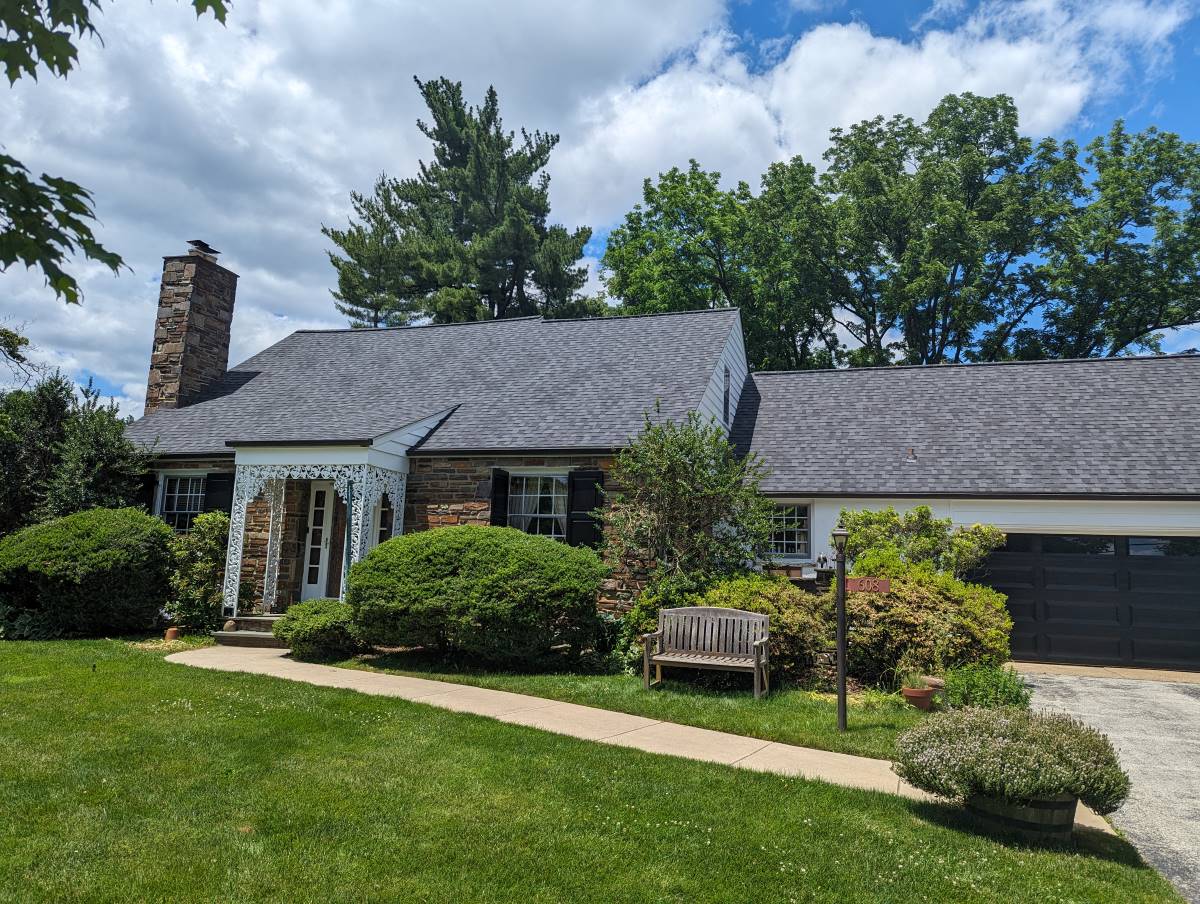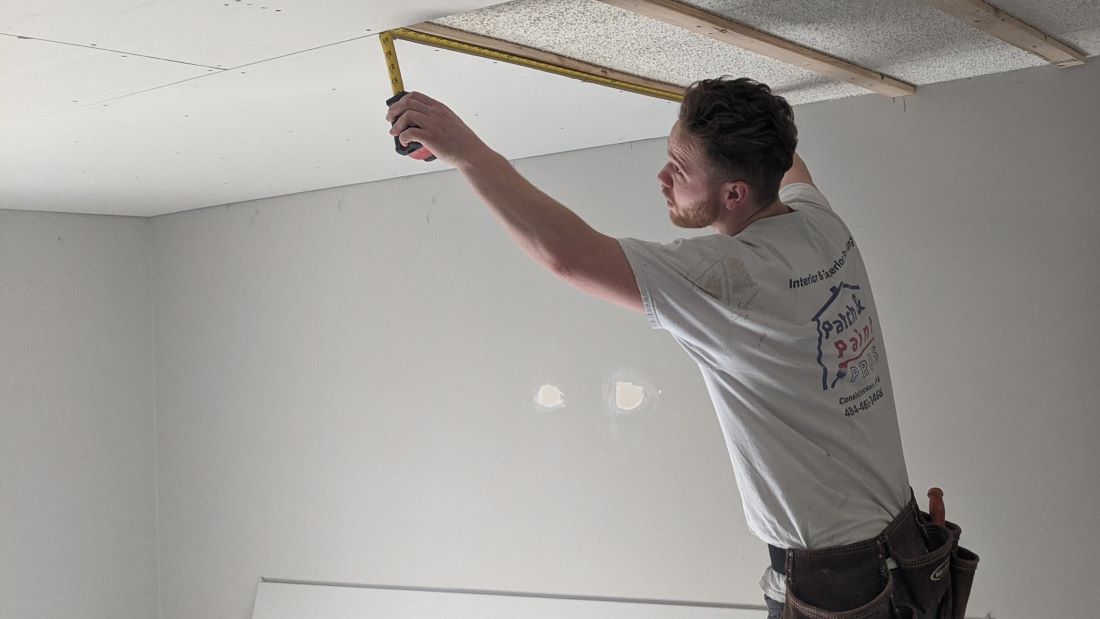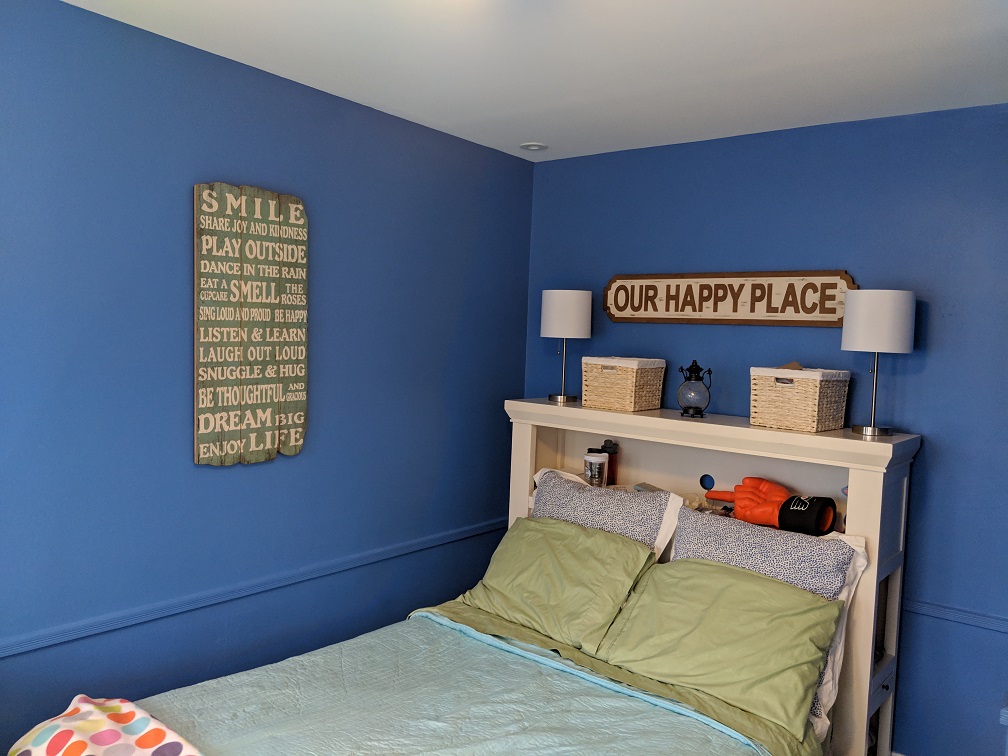Have you ever looked at your house and wondered when the last time it was painted was? Are there any signs that you need to repaint soon or are you overdue for a fresh coat of paint? If so, then this article is just what you’re looking for!
In this comprehensive guide, we will discuss how often you should be repainting your home. We’ll go through each room in the house as well as exterior painting to determine the best frequency. Plus, learn about other factors that may impact how often you should be repainting your house.
By the end of this article, you’ll know exactly how often to schedule painting projects around your home. So don’t wait another day—let’s get started learning how often one should repaint their house!
Considerations Before Repainting
Before jumping into a paint job, it’s important to consider how often you should repaint your house. Painting the exterior of your home too often can be an unnecessary expense and effort. However, painting too infrequently can cause damage that leads to costly repairs down the road. Professional painters can guide you in determining when is best for you to repaint your home’s exterior.
Factors such as location and environmental conditions play a role in assessing when to schedule a paint job. For example, if you live near saltwater or have extreme temperature fluctuations, these elements could lead you to opt for more frequent painting cycles than others in different climates. Additionally, certain materials used in construction may require additional maintenance and care compared with other building materials.
When taking into account all the factors above, homeowners should think carefully before deciding whether they need to repaint their house now or wait a while longer until necessary. It’s also wise to get advice from professional painters who specialize in exterior painting. Next up: assessing the cost-benefit analysis of repainting your home versus waiting until later dates.
Cost-Benefit Analysis Of Repainting
When considering a repaint of your home, it’s important to factor in the cost-benefit analysis. Homeowners should consider how much time, effort, and money are involved when painting their house.
One key consideration for assessing the cost-benefit analysis of a paint job is the total square footage that needs to be painted. Generally speaking, the larger the surface area, the more expensive it will be to complete the project.
The next step would be to hire professional painters who can provide services such as pressure washing and caulking which are necessary before any new coatings are applied. In addition to saving time and energy by enlisting professionals’ help, they also can offer guidance on selecting quality paints and stains suited specifically for your region’s climate conditions.
Considering these variables one must evaluate whether now is the right time financially to tackle a large-scale repainting job or wait until later dates when the budget allows it while still maintaining the good condition of current coating layers protecting your home from weather elements. Next up: assessing the current paint condition before deciding whether it is the best course of action to take on renovations now or at later dates.
Assessing Current Paint Condition
Before deciding to move forward with a repaint job of your home, it’s worthwhile to take stock of the current paint condition and assess whether any repairs are necessary. After all, if there are still fresh coats present on walls or trim then why spend money on something that isn’t needed? However, if you do find signs of wear such as fading colors, cracking caulk lines, or chipped surfaces – these can all be indicators warranting preparation work before painting is done and would call for investing in high-quality paints to ensure long-lasting results.
To further investigate the state of existing coatings homeowners should consider doing an extensive inspection around their property by checking areas like windowsills and doorframes which may require additional attention since they have more exposure to rain, wind, and sun than other parts of the house surface. Furthermore, any rust stains from metal flashing should also be closely examined since this is likely caused by moisture leakage within the underlying structure and requires immediate repair before proceeding with new exterior coatings.
Finally, assessing current paint condition is essential for determining the best course of action when considering a large-scale repainting project so make sure you allocate adequate time for evaluating interior and exterior surfaces properly – both visually inspecting them as well as touch testing them with hand tools will help provide reliable data about how much prep work needs to be done prior tackling renovations. Armed with accurate information at hand, now we can turn our focus toward examining factors affecting the frequency of repainting decisions over time.
Factors Affecting Frequency Of Repainting
Another factor to consider when assessing the longevity of a home’s exterior paint job is the presence of any paint bubbling. Bubbles occur when there is moisture trapped between the paint and the surface of the house, causing the paint to lift and form unsightly blisters. If left unaddressed, this can lead to paint peeling and further damage to the underlying structure. In such cases, it’s important to consult with professional house painters who can assess the damage and recommend appropriate solutions to ensure the integrity of the home’s exterior.
On top of all these external influences, interior decor styles will also affect the frequency of repainting as homeowners may choose to update their walls or ceilings with new colors every few years depending on personal preference or changes in seasonality trends. Moreover, if existing coatings were not applied correctly from start then this could lead to premature fading or chipping which would necessitate resurfacing sooner rather than later – so always make sure you hire reliable professionals who understand the importance of proper preparation before beginning any painting projects!
Overall, homeowners need to take various considerations when deciding whether they need to repaint a house since no two properties same even within the same neighborhood – however, understanding different factors influencing the decision-making process can help ensure the best possible results regardless of budget constraints. With the right knowledge, now let’s discuss some tips to maintain fresh-looking interiors and exteriors over time without having to shell out extra money yearly basis.
Maintenance Tips To Keep Your House Looking Fresh
Keeping your house looking fresh doesn’t have to be an expensive or time-consuming endeavor. With some simple maintenance tips, you can ensure that the exterior of your home is well-maintained and looking its best without having to shell out for a new coat of paint every year. Here are four key points to keep in mind:
- Regularly inspect your exterior walls for any signs of damage such as peeling, cracking, or fading. If detected early enough, these issues can often be resolved with minimal effort by simply applying touch-up paint instead of calling in a painting company for a full repaint job.
- Cleaning the surface regularly is also important since dirt buildup can gradually cause colors to become duller over time – so make sure to give the siding/trim good scrub once twice per season! A pressure washer may help remove tougher stains but always read manufacturer instructions before proceeding to avoid damaging the finish due to excessive force applied during the cleaning process.
- When necessary, hire professionals to undertake exterior house painting jobs as they will know what needs to be done to achieve desired results while staying within budget constraints. Don’t skimp on quality either because cheaper paints may not last long term which could end up costing more down the line if frequent repairs are required to keep the home looking nice.
- Finally, always seal around windows and doors after completing work to prevent moisture from seeping into the wood causing it to rot and decay over time – this small step goes a long way in preserving beautiful properties for years to come!












